#Circuit Design
Explore tagged Tumblr posts
Text

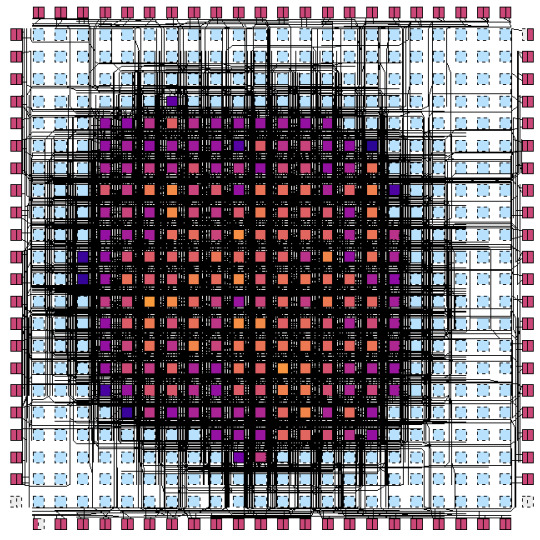
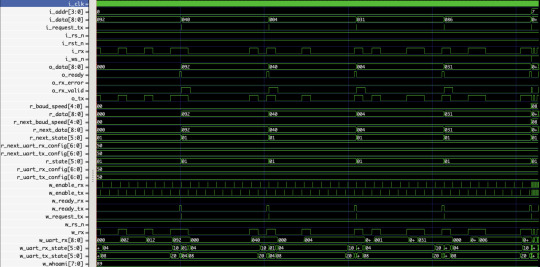

The school bells are ringing! I am so looking forward to this year, especially now that things are starting to open up due to the availability of vaccines. I will be continuing in my role as an RA, but I now manage a floor comprised entirely of Computer Science and Engineering majors. The opportunity to tailor the residential curriculum specifically to topics in computing is going to be an amazing way to bring my own passions into the community. This year, I will also begin taking classes toward my master's degree in Computer Engineering, meaning that I will finish undergrad with half of my master's already out of the way!
Pictured in this post are some artifacts that I created this summer as a research assistant in a computing lab on campus. Our team is developing field programmable gate arrays (FPGAs) for defense applications. If you don't know, an FPGA is an integrated circuit that can be programmed to behave like any other circuit using a hardware description language like Verilog. They can be found in a host of devices you interact with every day (TVs, radios, cameras) as well as military-grade equipment like what I am working on. They are widely used due to their ease of programming, which allows for rapid and cost-effective development, as well as the ability to patch bugs without having to re-manufacture the circuitry.
In the lab, I maintain a custom toolchain that converts Verilog code into a bitstream that can be loaded onto our FPGA. At the moment, this is all happening in the context of a simulation, but by the end of the fall our little black box should come home from the factory and I can hold it in my hands! At that point, I will begin designing some circuit boards that make use of the device before it eventually makes its way onto a military drone or something of the sort.
I am very thankful for the experience I have gained so far, and I look forward to sharing more progress with you. Until next time!
#studyblr#engblr#computer engineering#FPGA#circuit design#laboratory#electrical engineering#verilog#waveform#technical drawing#remarkable#remarkable tablet#digital notes#integrated circuits#research#student#life update#engineering
38 notes
·
View notes
Text
DIY line-out to Eurorack-in amp explainer now up on depthbuffer.uk!
always wanted to add an electronics hobby to your mid-life crisis, but never bothered to learn?
spent so much on eurorack gear that you now can't afford an audio input module for your line out jacks?
like reading long-winded explanations, written in overly flowery prose, by passionate nerds who don't actually know what they're talking about, but want to tell you all about it anyway?
then boy, do I have a poorly-illustrated, badly researched five-article series for you!
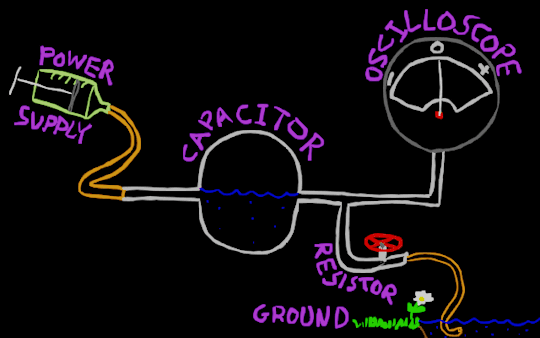

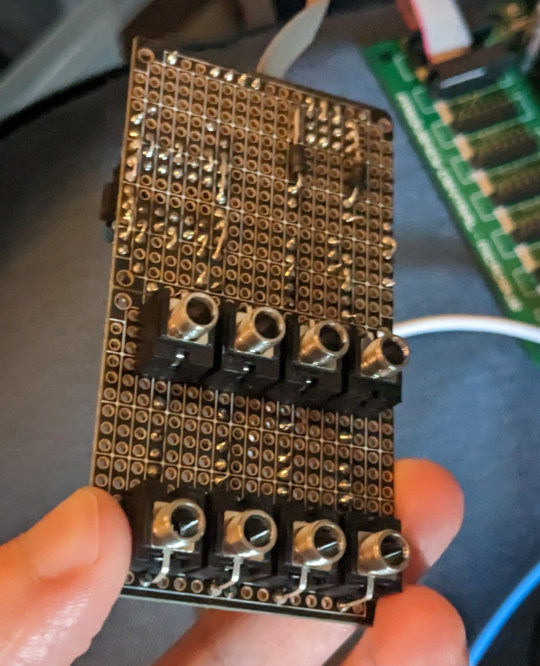
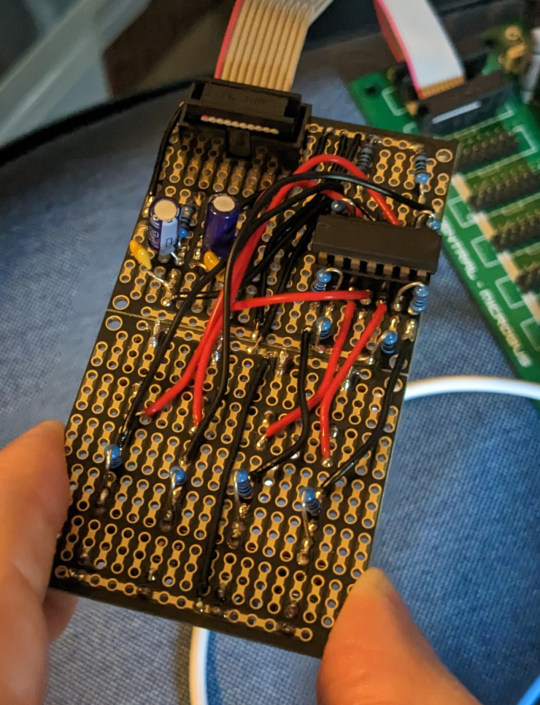
#memento potato#electronics#diy#synth#modular synth#modular synth diy#circuit design#tutorial#explained#magic#artisanal jank
25 notes
·
View notes
Link
7 notes
·
View notes
Text
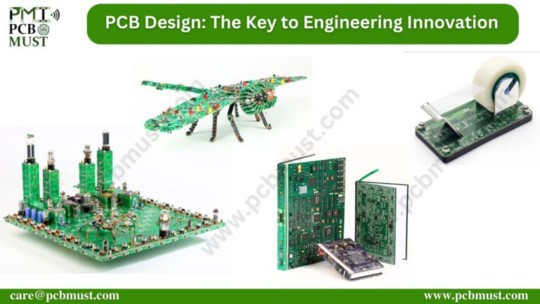
PCB Design: The Key to Engineering Innovation
3 notes
·
View notes
Photo









Solderless Breadboard Compilation
A useful tool for all kinds of prototyping! Seen here are examples of (in no particular order):
Executing NOPs on an MOS6502, and building a data entry circuit
Crudely adjusting brightness/contrast of a composite video signal
Improving upon the data entry/modification circuit for my 6502 homebrew computer, and testing with an MCM6810
Approximating the function of a Dekatron tube in count-up mode
Dividing a 32 MHz oscillation down to 8MHz
Controlling a device over RS232 via rotary encoder
Reading the contents of an EPROM, one byte at a time
Combining sync and pixel signals to create a proper composite video source
Making phone calls with a rotary dial over the cellular network
#breadboard#6502#composite video#arduino#RS232#EPROM#rotary cellphone#circuit design#rotary dial#mcm6810#MOS 6502
37 notes
·
View notes
Text

Bringing an IoT device to market requires expertise in hardware, firmware, and connectivity. This is where electronics design play a crucial role in turning concepts into functional, high-performance products. At Voler Systems, we specialize in designing electronic solutions that power smart devices across industries, ensuring reliability and efficiency in every project.
#electronic design services#electronics product design#wearable medical device#medical device design#circuit design#electronics engineering
0 notes
Text
Circuit design war stories from the 20th century? Awesome :D

Bare CPU Printed Circuit Board for the Alpha NT XL366 workstation I designed back in 1995 or so. This was an obscure model of an obscure product line, made by a company (Digital Equipment Corp.) that is now itself obscure. To be honest I don't even remember much about this machine now.
What I do remember is the HUUUUGE fight I got into with our Signal Integrity team while I was designing this, over decoupling capacitors.
Decoupling caps are small components that hold a charge to help even out power when a circuit is active. This board featured hundreds of them, smaller than a grain of rice (see photo comparison of mounting pads vs rice grain below).
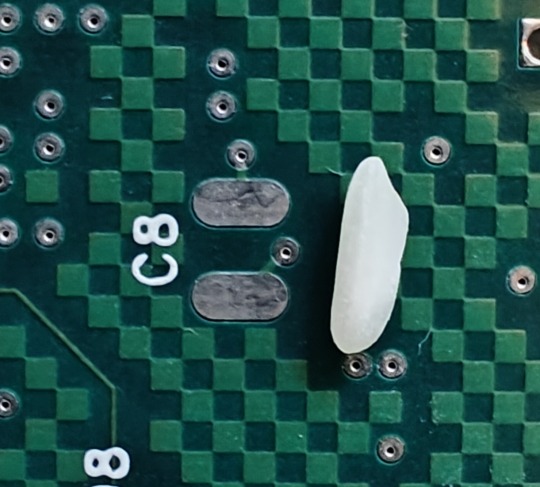
Our Signal Integrity team was tasked with making sure everything was electrically stable, so they required many hundreds of these to be added to the board, based on power simulations they did. Trouble was, they wanted so many, we couldn't even build the board.
My job as the Systems Engineer here was to meet the requirements from the SI team, but also from manufacturing, and the requirement that my PCB layout techs don't go insane trying to place and route the board. SI really only cared about signal quality, so they would not relent, and I ended up getting shouted at at one point by a junior SI engineer who was also under a lot of stress, when I said "There are different schools of thought on this.." and he screamed THERE ARE NOT DIFFERENT SCHOOLS OF THOUGHT ON THIS!!
It got to the point where the product was not going to get built, because we just couldn't fit like a thousand of these tiny caps on the board, we needed to ditch at least 25% of them to have a hope. The models were the models though, and you couldn't argue against them.
But then my boss got a genius idea. What if we could prove the simulation models were too conservative? We came up with an experiment where we would remove caps from an older system and measure the power supply noise, to see how many caps could be taken off before the system became unstable.
Me and the junior SI engineer were tasked with doing this experiment (later deemed The Decapitation Project), so we grabbed a Tektronix scope and Metcal soldering station and headed over to this abandoned lab we had in our old Maynard headquarters, a now creepy attic space on the 6th floor of an old mill building. Here were a few older Alphastation 3000 workstations we built years earlier, working but waiting to be recycled.
We had this special program that would thrash the CPU within an inch of its life, to put a big demand on the power supply system. While this was running, the SI engineer measured the power quality, while I proceeded to (very carefully to avoid short-circuiting the system) actually desolder caps from the board while the workstation was running.
We managed to get about 1/3 of them off before there was any noticeable effect, and we found one specific type of cap was not doing much of anything at all. We took the data back to the head of the SI team, and he finally relented and let us remove several hundred capacitors. (He also buried the report and data I had, because he didn't want the bad publicity - I remember being mad about that)
The system got built after that, and worked just fine. We did try to enact a small bit of petty revenge on the SI team manager though - there was a recognition event for people involved on the project, and me and our PCB procurement guy decided to give the SI team manager a special "Faraday Award" for achievement in capacitance (Farads are a measure of capacitance - geeky eng joke). We took an old bowling trophy with a giant, beer-can sized electrolytic capacitor strapped to the top of it as the award. He was a no-show so we didn't get to present it. Those SI guys never did have much of a sense of humor.
Anyway, long story sorry. Just thinking of it recently because I was helping someone at work with an analog simulation and I remembered this..
#hardware#engineering#digital electronics#digitalequipmentcorp#tech#retro tech#electrical engineering#computer engineering#dec#pcb#circuit#circuits#circuit design#tektronix#faraday
496 notes
·
View notes
Text
youtube
VHDL Tutorial : Your First VHDL Design: VHDL Entity & Architecture - A Beginner's Guide
Welcome to the ultimate beginner's guide for Your First VHDL Design! In this video, we will dive into the fundamentals of VHDL Entity and Architecture and provide you with a comprehensive understanding of the topic. Whether you are new to VHDL or looking to refresh your knowledge, this guide is designed to help you get started and pave your way to becoming an expert VHDL designer. In this tutorial, we will cover the basics of VHDL, starting with the VHDL Entity and its crucial role in the design process. You will learn how to define and describe the inputs and outputs of your VHDL design using the Entity section, providing the necessary specifications for your project. Moving on, we will explore the VHDL Architecture, which defines the actual implementation of your design. Through a step-by-step walkthrough, you will discover how to construct the architecture block by block, ensuring a well-structured and functional VHDL design. To make the learning experience more practical, we will dive into real-world examples and demonstrate each concept using a popular VHDL software tool. You'll witness the transition from theory to practice, gaining hands-on experience in VHDL design. With this beginner's guide, you'll not only grasp the essentials of VHDL Entity and Architecture but also acquire the ability to kickstart your own VHDL designs, opening up a wide range of possibilities in digital circuit design. Subscribe to our channel for more exciting VHDL tutorials and stay tuned for upcoming videos in this series where we will explore advanced VHDL concepts and applications.
Subscribe to "Learn And Grow Community"
YouTube : https://www.youtube.com/@LearnAndGrowCommunity
LinkedIn Group : https://www.linkedin.com/groups/7478922/
Blog : https://LearnAndGrowCommunity.blogspot.com/
Facebook : https://www.facebook.com/JoinLearnAndGrowCommunity/
Twitter Handle : https://twitter.com/LNG_Community
DailyMotion : https://www.dailymotion.com/LearnAndGrowCommunity
Instagram Handle : https://www.instagram.com/LearnAndGrowCommunity/
Follow #LearnAndGrowCommunity
#VHDL#VHDL Entity#VHDL Architecture#VHDL Design#Beginner's Guide#Digital Circuit Design#VHDL Tutorial#VHDL Basics#VHDL Examples#VHDL Software#Learn VHDL#VHDL Learning#VHDL Step-by-step#VHDL Introduction#VHDL Fundamentals#VHDL Engineering#Hardware Design#Circuit Design#Xilinx ISE#Xilinx Vivado#Digital#ASIC#Engineering#Students#Training#Tutorial#Altera#Hardware description language#modeling style#data flow
1 note
·
View note
Text
youtube
Jennifer Roberts gave a talk on the history of circuit printing and how it interacts with printmaking. And it is available on youtube!
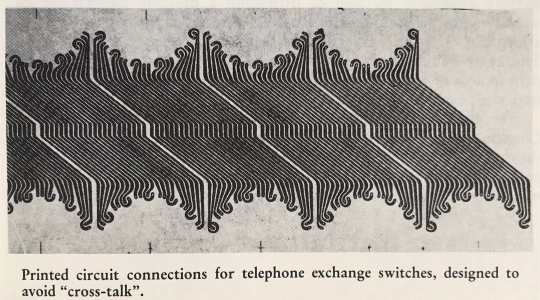
1 note
·
View note
Text

Moop.

#tmnt#teenage mutant ninja turtles#art#tmnt bayverse#bayverse tmnt#bayverse raphael#bayverse leonardo#bayverse donnie#bayverse mikey#lol not in age order; just drew them like that#character reference#character design#this one doesnt push boundaries much- maybe ill post the very turtle one later#or never lol#sketch#concept art#if you wanna use it: go ahead. all i did was change the faces for a different feel uvu#im gonna have to study muscles just to draw these guys stfg#also#bro is donnie wearing circuit boards or circuit styled cloth-
1K notes
·
View notes
Text


I FUCKING WON
I WILL BE REDRAWING N PREG IN HONOR OF THIS
#MURDER DRONES#SERIAL DESIGNATION N#N PREG#circuitous behavior#i dont care if this is fake#i am overjoyed
617 notes
·
View notes
Text

Redefining Possibilities: Unveiling the Wonders of PCB Design
3 notes
·
View notes
Text

Bringing an IoT device to market requires expertise in hardware, firmware, and connectivity. This is where electronics design play a crucial role in turning concepts into functional, high-performance products. At Voler Systems, we specialize in designing electronic solutions that power smart devices across industries, ensuring reliability and efficiency in every project.
#electronic design services#medical device design#electronic product design#electronics product design#wearable medical device#circuit design#product design electronics#Electronics Design Company#Embedded Systems Design#Wearable Medical Device
1 note
·
View note
Text

DMG-01
#Connor Gottfried#Liquid Crystal IV#connorg.ca#exposed circuits#acrylic Game Boy#design#DMG-01#Nintendo#handheld game console#Tetris#handheld#art#retro gaming#video games
153 notes
·
View notes
Text
{{Boy, I do love all the different flavors of AM humanizations.}}
We got ✨️
-Bird™
-That's just Harlan Ellison and you're right.
-TV Head
-Abstract wire nightmare
-Traumatized Veteran
-Skeezy businessman
#or at least thats what I've seen#every design is RIGHT#ihnmaims#i have no mouth and i must scream#ihnmaims am#allied mastercomputer#genocidal toaster(am tag)#comedy circuit
372 notes
·
View notes
Text

Jean Paul Gaultier: 'Mad Max' Invitation Card autumn/winter 1995-1996
#jean paul gaultier#jpg#fashion#invitation#mad max#runway#face#circuit board#graphic design#illustrations#aw95#1995#1996
2K notes
·
View notes